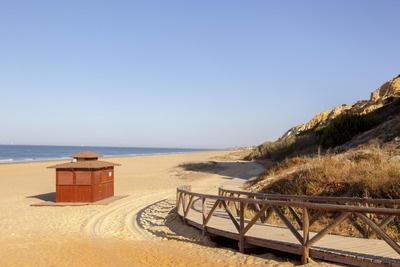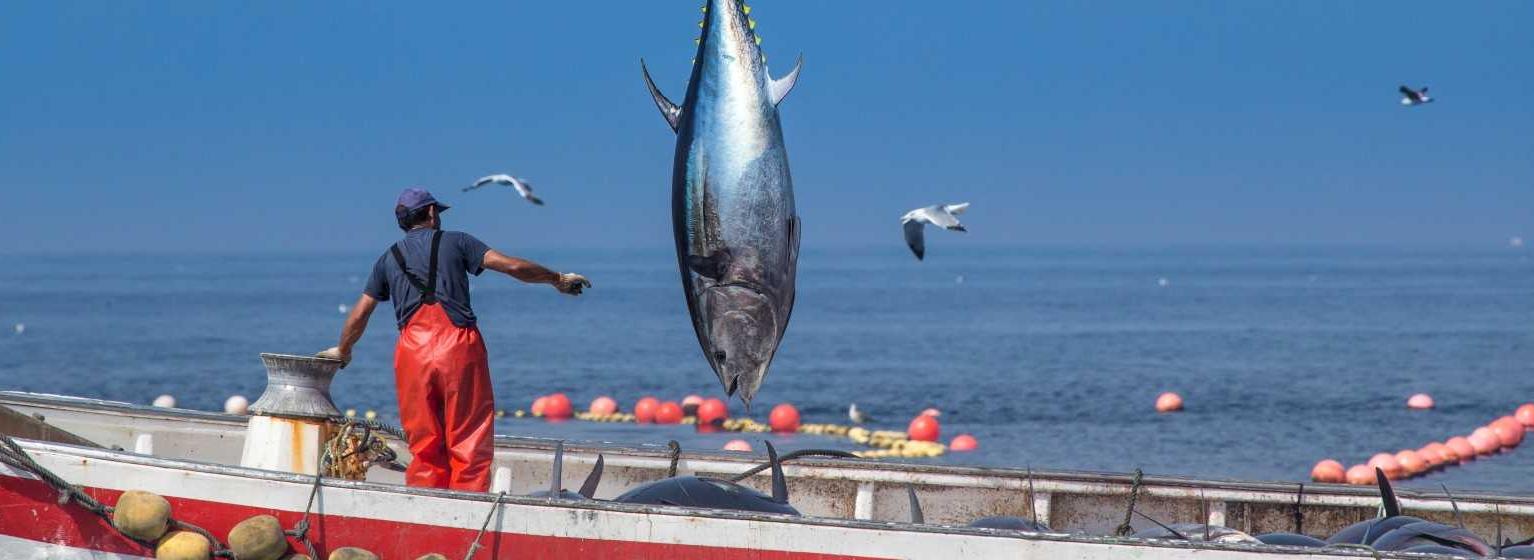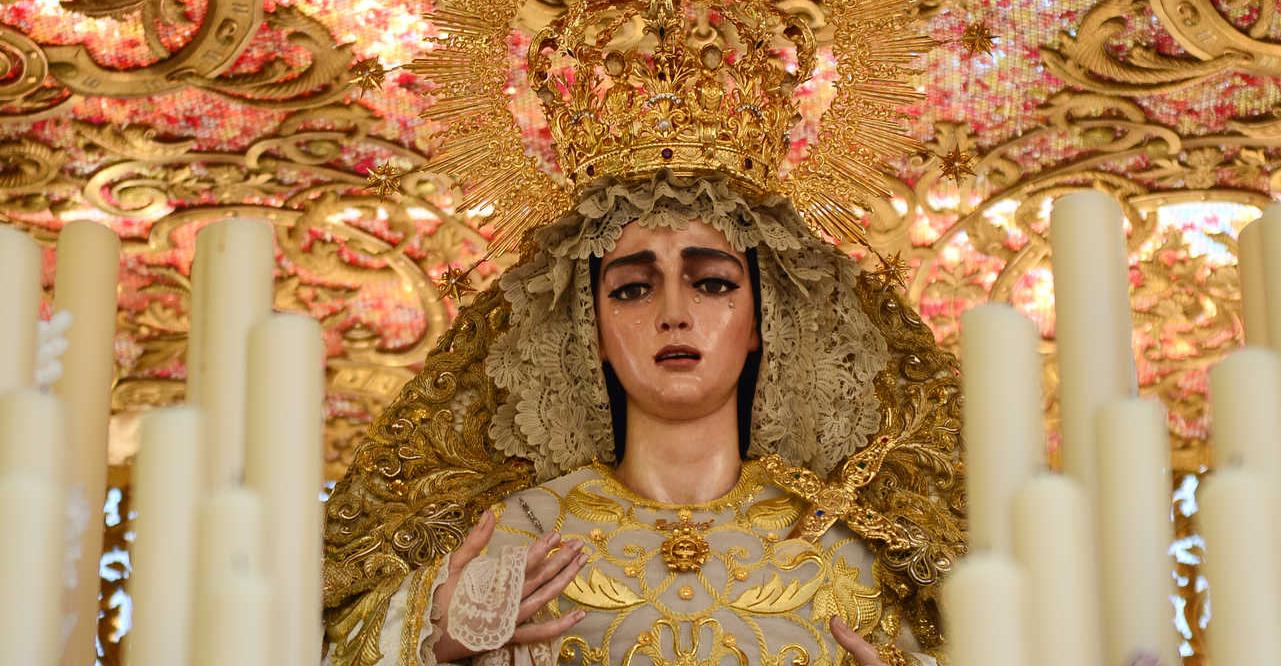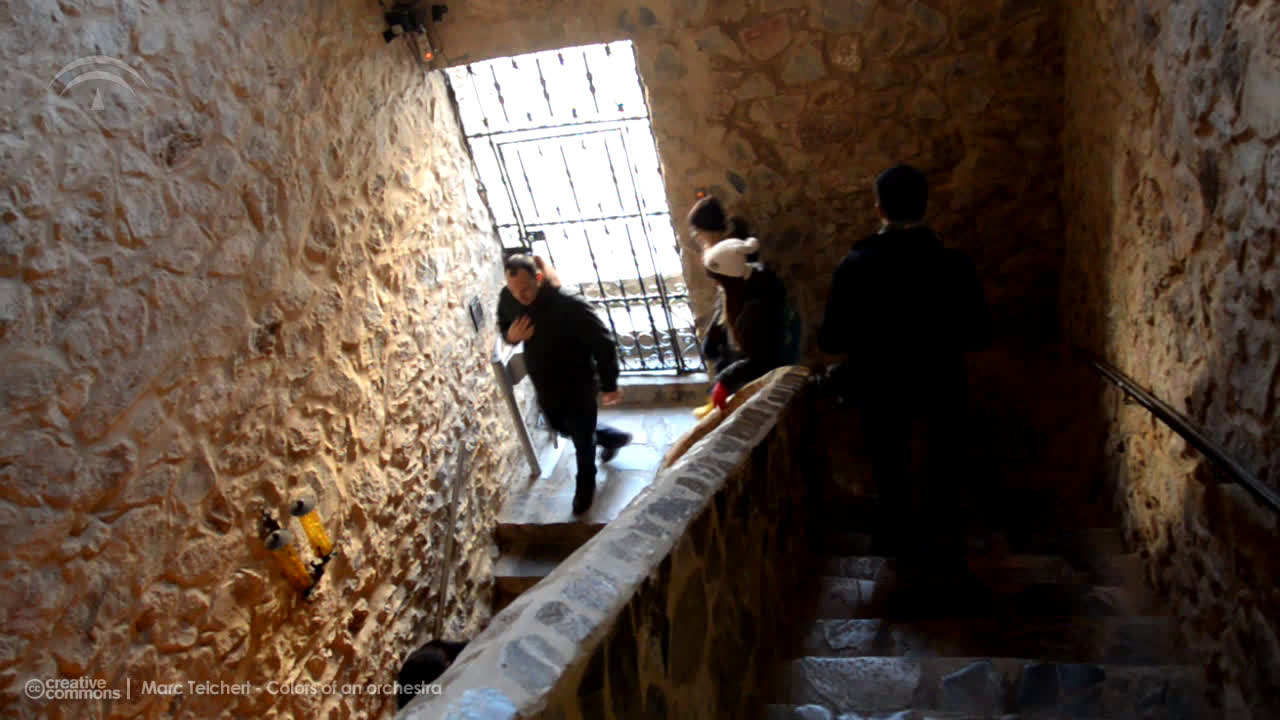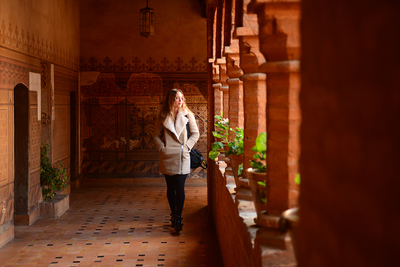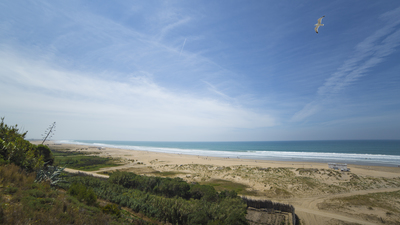Transhumance from below: cañadas reales, cheeses, migas, latas and suckling lambs
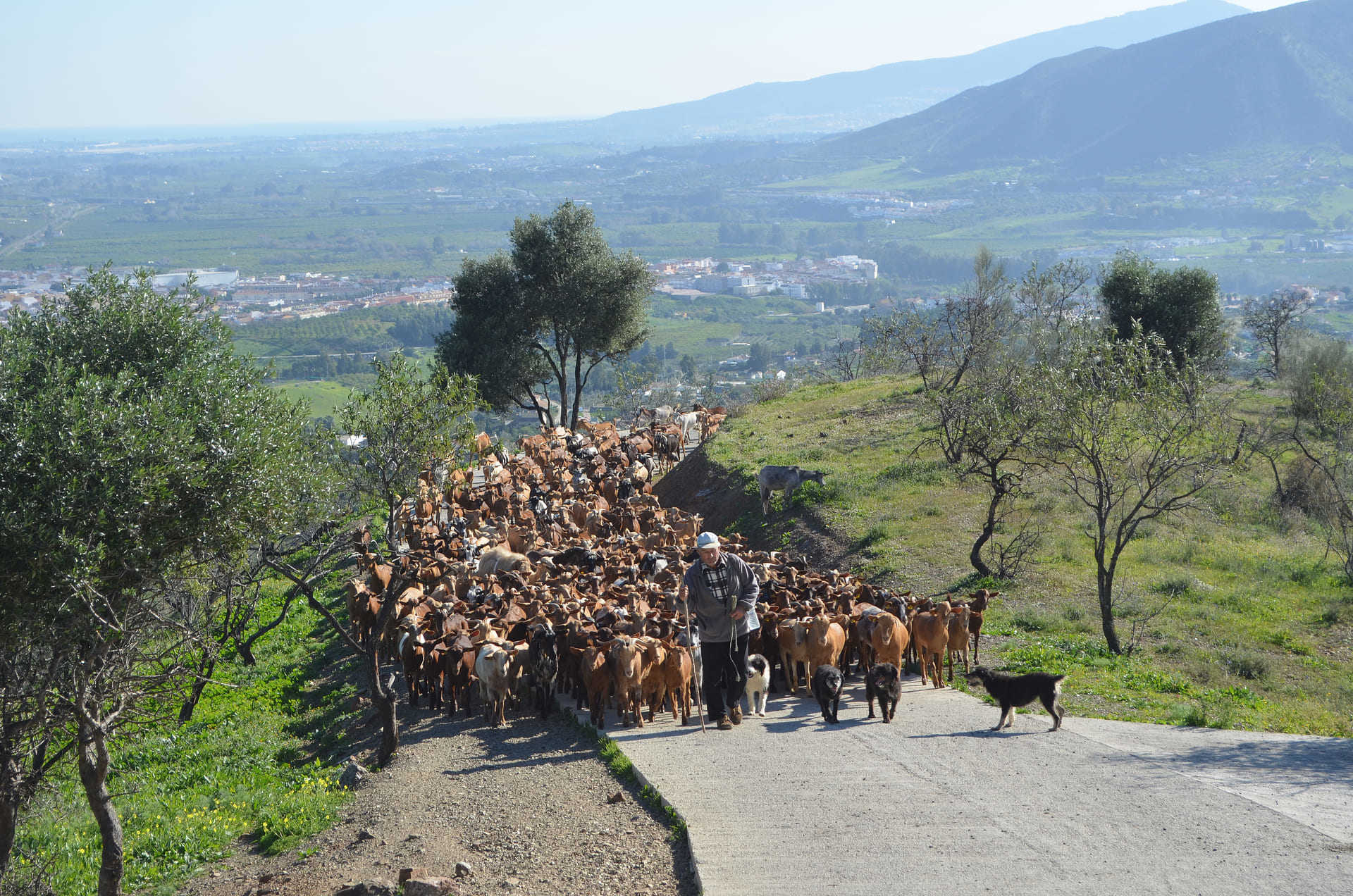
Along cattle tracks we can spot the practice of transhumance, where a colourful line of goats, sheep and rams, as far as the eye can see, move in search of new pastures and warmer lands. A deep-rooted tradition of our ancestors that is proof of the great wisdom of the shepherds, typical in mountain areas, such as the Sierra Morena in Jaén and Córdoba, Segura, Mágina and Castril. But this tradition is about "migas" (fried breadcrumbs), suckling lamb and Segureño lamb.
Paths, tracks, lanes and sheepfolds, which used to belong to the Honourable Council of Mesta, are now public trails that for centuries allowed livestock to be moved in search of better pastures. In Andalusia they add up to over 34,000 kilometres. Only a part of these trails have been marked and are for public use, but the figure gives us an idea of the importance that transhumance had since the 13th century. Today, together with amazing gastronomy, we have been passed down wonderful ethnographic and cultural heritage.
Many tracks are still used by the cattle that travel from Cazorla and Segura mountains towards the eastern part of Sierra Morena; from the pastures of Sierra Nevada to the coastal mountains of Malaga, Granada and Almería, as well as to the pasture lands of Jaén, Cordoba and Seville; and from the Serranía de Ronda hills to the beet areas of Cadiz. Sheep, goats and even fighting bulls move with the patience that a centuries-old culture brings.
Villaralto (Cordoba) has a Shepherd Museum, a traditional house with reproductions of the huts that were built in the Valley of Los Pedroches. Utensils are also exhibited and you can find out more about their day-to-day life enduring the perils of the roads and the seasons.
There is also the Segureño Lamb Interpretation Centre in Huéscar, in the High Plateau of Granada, and a local trail where you can taste the delicious juicy meat. This type of lamb —a native breed of Jaén, Granada and Almería—, with PGI, grazes the pastures of the Sierra de Segura and La Sagra mountains and is cooked in a stew —using leftover meat that the shepherds didn't cook on the grill or in the oven— or in traditional "latas", exquisite roasts that are named after the tin trays used for this purpose.
In other mountain areas, very pastoral dishes like bread and garlic soups or "migas canas" —fried bread with milk— are made, which originated from the hearty breakfasts that the shepherds used to eat. And there is, of course, a wide variety of cheese and sausages, which they used to have for lunch, or "galianos" (shepherd's stew) and "migas" (fried breadcrumbs). They all ate together from the same frying pan, strictly taking turns: "a spoonful and one step back", they would say. The main ingredient of "migas" is bread, or flour, accompanied by chorizo, bacon, peppers, olives, radishes... and, to polish it off, milk, hot chocolate or fresh fruit like pomegranates, grapes or melon would be added to the last crumbs. In some cases, on bank holidays, they would be served with sardines.
In Torrecampo they make "migas abajás", which include a lightly fried mix of ham, potatoes, pepper and tomato, and Torrecampo "toast". Although the recipe is universal, many places go back to basics: stale bread, salt, water, oil and garlic.


